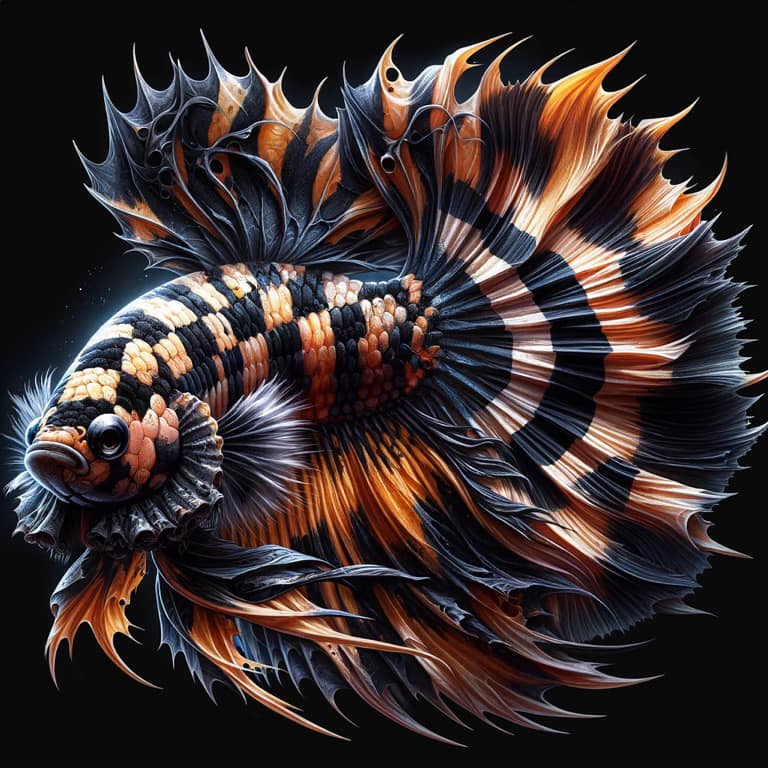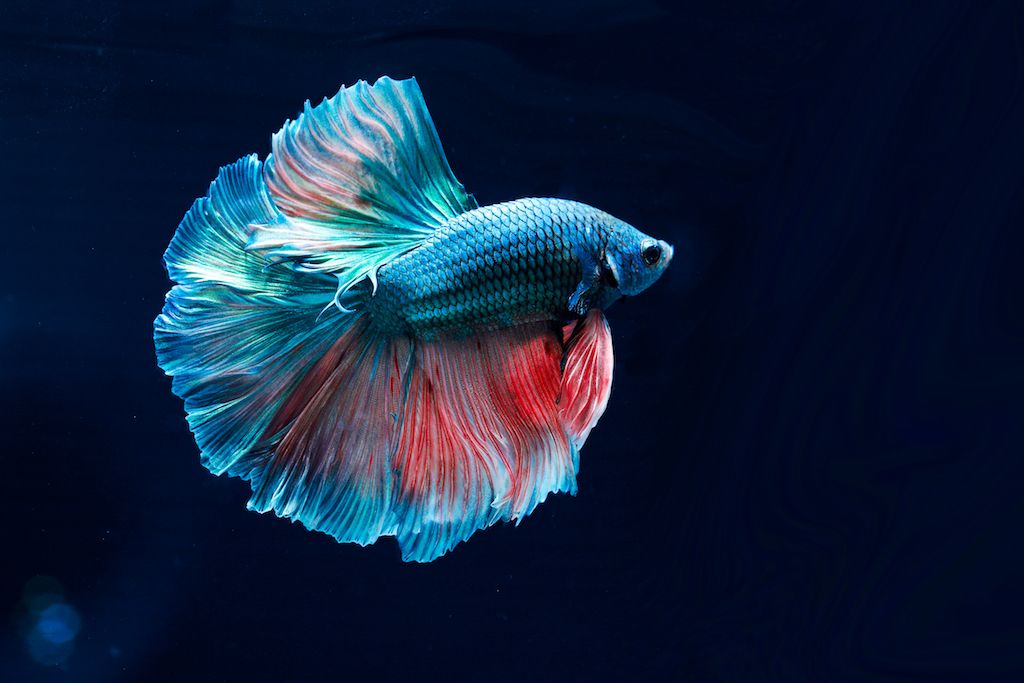Just how to Produce the Perfect Betta Fish Habitat at Home
Just how to Produce the Perfect Betta Fish Habitat at Home
Blog Article
How to Breed Betta Fish Successfully: Expert Methods and Insights for Hobbyists Looking to Expand Their Betta Collection
Breeding Betta fish calls for a nuanced understanding of genetics and environmental conditions, making it crucial for enthusiasts to come close to the procedure with both diligence and treatment. Producing an optimal reproduction environment, picking the best pairs, and observing the intricacies of their courtship behaviors are fundamental actions that can considerably affect the end result.
Comprehending Betta Fish Genes
Understanding the genetics of Betta fish is crucial for successful reproduction, as it influences attributes such as color, fin form, and habits. Betta fish show a diverse range of shades and patterns, greatly established by their hereditary make-up.
Along with pigmentation, fin morphology is one more significant facet of Betta genetics (betta fish). The shape and dimension of fins are influenced by different genes, consisting of those that figure out whether the fins are brief, long, or veil-shaped. Comprehending these genetic variations helps breeders forecast the phenotypic outcomes of their spawn
Furthermore, behavioral traits such as aggression and territoriality can also be influenced by genetics. These behaviors play a vital duty in the reproducing process, as they can impact spawning success and the general character of the resulting fry. By comprehensively comprehending these genetic concepts, breeders can make informed decisions, ultimately enhancing their breeding programs and attaining desirable outcomes.
Preparing the Breeding Environment
Producing an optimal breeding setting is important for the effective recreation of Betta fish. The very first step in preparing this setting is to choose an ideal reproduction tank, ideally ranging from 5 to 10 gallons.
Following, think about the use of a sponge filter or an air stone to supply mild water circulation without developing solid currents that can emphasize the fish. It is vital to mount plants or breeding cones to use concealing places and advertise convenience for the female throughout the spawning procedure. Drifting plants, such as Java moss or water sprite, can also develop a much more natural surroundings while promoting bubble nest structure by the man.
Before introducing the breeding pairs, guarantee the water is conditioned and free from hazardous chemicals, such as chlorine or hefty metals. betta fish. Regular water modifications must be carried out to preserve optimum water quality, improving the chances of effective breeding. With these prep work in location, the reproducing atmosphere will support the wellness and wellness of both Betta fish
Selecting Reproduction Pairs
Picking the right breeding sets is critical for accomplishing successful Betta fish recreation. When picking your breeding sets, consider a number of crucial variables including health, character, and genes. Healthy and balanced Betta fish show vibrant colors, clear eyes, and energetic behavior. Selecting fish that are devoid of condition makes sure a much better possibility of generating feasible offspring.
Character is one more vital factor to consider, as Betta fish are understood for their hostile nature. It is recommended to pick a male and woman that exhibit compatible temperaments to lessen stress and anxiety during the breeding process. A calm male can motivate a smoother courtship, while a female that is too aggressive may interfere with the procedure.
Genetic history additionally plays a considerable function in the high quality of the children. Reproducing fish that are click here to read genetically diverse can minimize the threat of genetic wellness issues and improve the overall vitality of the fry. It is beneficial to investigate the family tree of both the male and woman, focusing on preferable traits such as fin kind, color patterns, and dimension.
The Reproduction Refine
The reproduction process of Betta fish requires mindful preparation and focus to detail to make certain a successful outcome. At first, it is essential to prepare an ideal reproduction container, ideally a 5-10 gallon fish tank with a temperature kept at 78-80 ° F. The container needs to be geared up with a heating system, filter (ideally sponge type to avoid solid currents), and a lot of marine plants for the female to hide.
As soon as the atmosphere is established, introduce the picked breeding pair to the storage tank, enabling them to adjust. Observe their habits; the man will certainly display elaborate courtship rituals, consisting of flaring his fins and constructing a bubble nest. If the woman shows rate of interest, she will certainly display upright red stripes indicating readiness for spawning.
When the lady is receptive, the set will certainly involve in a mating welcome, during which the male fertilizes the eggs. Preserving ideal water problems during this period is crucial for the advancement of healthy Betta fry.
Taking Care Of Betta Fry

Feeding Betta fry is crucial, as they require a diet high in healthy protein. At first, they can be fed infusoria or fluid fry food, transitioning to carefully crushed premium pellets as they expand. Feed little click over here portions several times a day to motivate healthy and balanced growth without overloading the storage tank with uneaten food.

As they grow, monitor their growth closely and divide any kind of aggressive people to avoid harm. By supplying a supporting setting and appropriate nutrition, hobbyists can efficiently raise Betta fry into vibrant, healthy fish, inevitably improving their reproduction ventures.
Conclusion
Successful Betta fish breeding calls for careful focus to hereditary choice, environmental problems, and treatment for the fry. By recognizing the genetics of Betta fish and preparing an ideal reproduction setting, enthusiasts can improve the opportunities of producing vivid, healthy see this page children.
Report this page